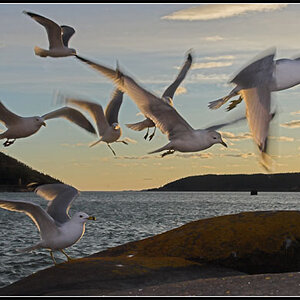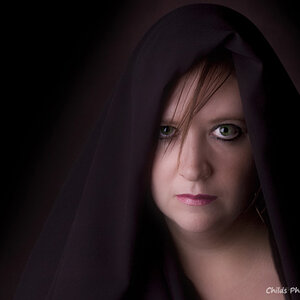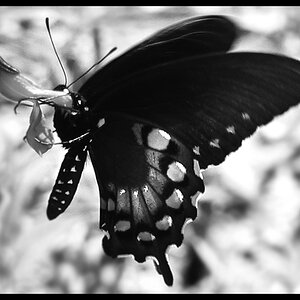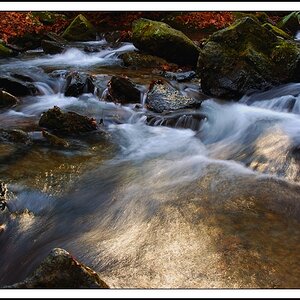agspecialties
TPF Noob!
- Joined
- Jun 24, 2012
- Messages
- 18
- Reaction score
- 0
- Location
- Norfolk,NE
- Can others edit my Photos
- Photos NOT OK to edit
What is the difference between an extension tube and a reversing ring? I am just getting into macro photography and have bought a canon 100mm F2.8 macro lens with a set of extension tubes. Then tonight i found a reversing ring. Just trying to figure out if i should get one of those? They are cheap enough.







![[No title]](/data/xfmg/thumbnail/31/31011-439c1242fe08cf6b54f32bf06523a567.jpg?1619734567)





![[No title]](/data/xfmg/thumbnail/30/30890-45d8875af0c79f0f727d7d55132972b0.jpg?1619734501)